The A. papilionacea group consists of just two species, A. papilionacea itself, commonly known as the Pink Butterfly Orchid and A. collina the Fan Lipped Orchid. The former is a polymorphic species with a wide distribution and this unsurprisingly gives rise to a significant range of natural and regional variations. First described by Linnaeus as long ago as 1759, the taxon has been intensely studied ever since, research that led to the recognition of many forms and the creation of a list of synonyms far too extensive to detail in these pages (no less than 67 in 2013). A genetic study in 1993, comparing subspecies grandiflora, papilionacea and aegaea (then heroica) from around the Mediterranean, determined that the minimal genetic difference's discovered, were consistent with nothing more than separate geographic populations within a single cohesive gene pool and that being simple morphs, subspecies status could not be justified. These results were not universally accepted and new taxa continue to emerge.
A. papilionacea subsp. aegaea was
named pursuant to the findings of a paper in 2013 by Lewis and Kreutz,
which
sought to restore some taxonomic order to the confusion surrounding the early flowering form of Pink Butterfly Orchid from the
Aegean (O. papilionacea subsp. heroica or V. papilionacea var. aegaea). Space
does not permit even a precis of this interesting and thoroughly researched
piece of work, other than to record its conclusion, which was that the
basionym heroica was invalid as it is more correctly a synonym for A. laxiflora.
A. papilionacea subsp. aegaea is a sturdy, dense flowered
plant with a large lip, very reminiscent of grandiflora, albeit less broad shouldered. A distinctive feature of aegaea is the way in which the perianth is normally less closed than that of grandiflora
and indeed most other sub-species. It ranges throughout the Aegean
basin, across the Peloponnese to the Ionian islands in the west and with a
relatively small diaspora in Anatolia to the east. It is an early
flowerer which in Crete can be in full bloom by late February.
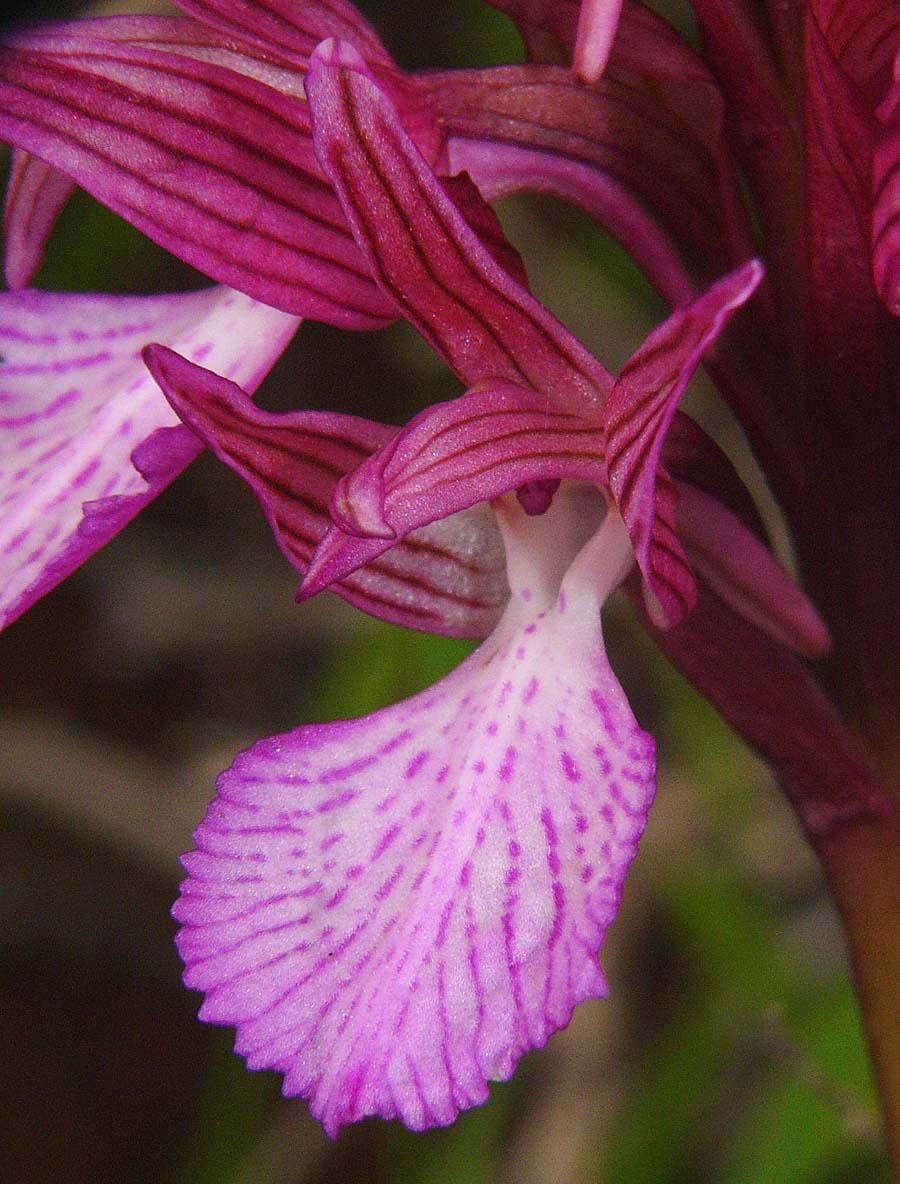
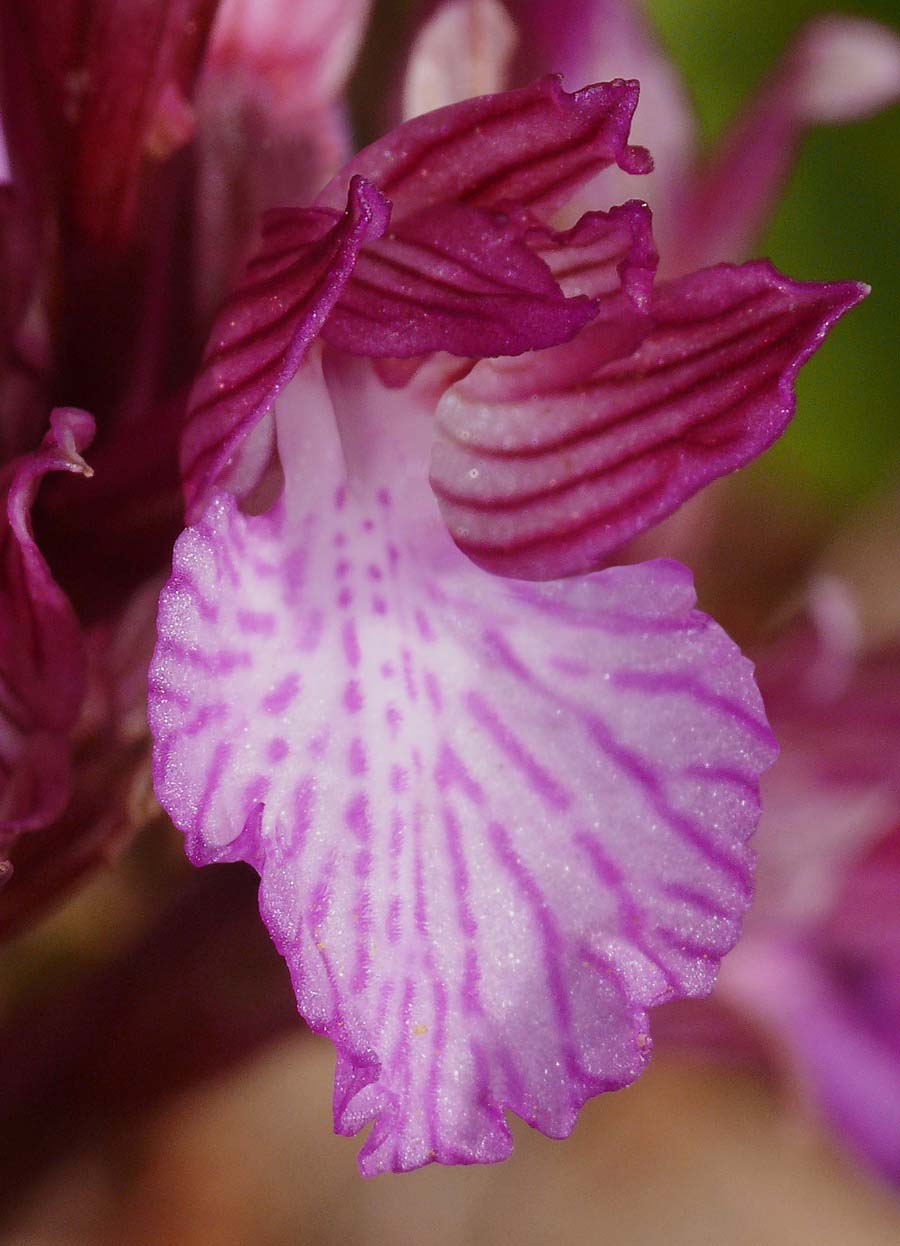
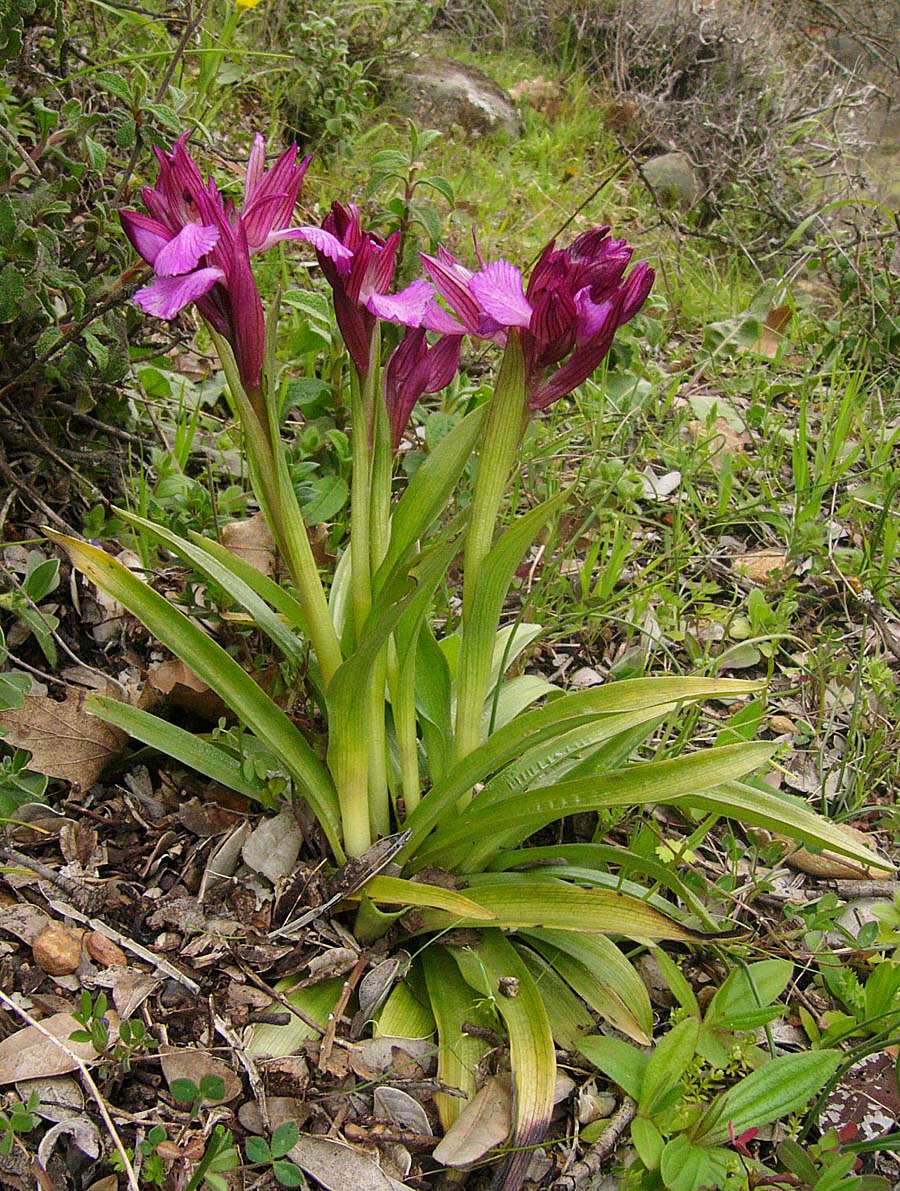
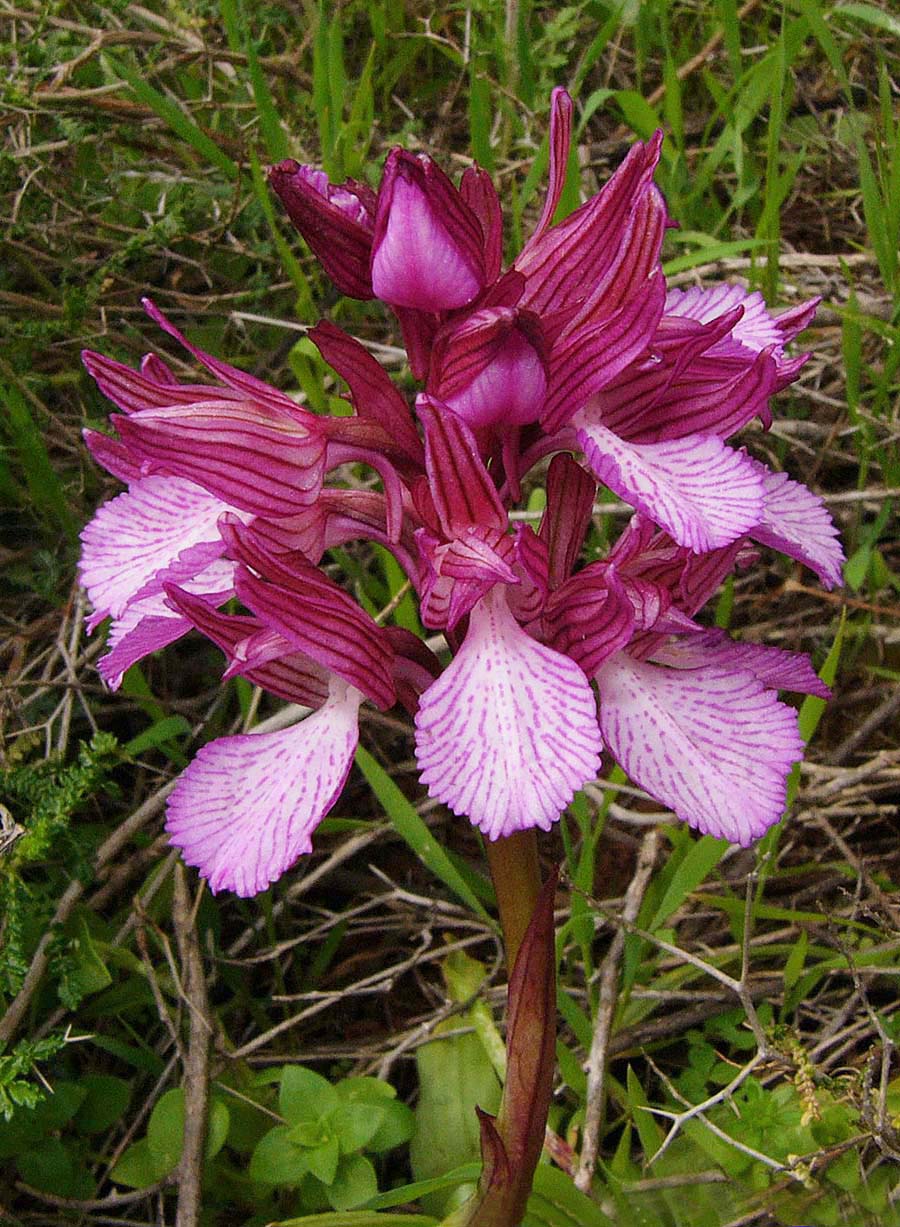
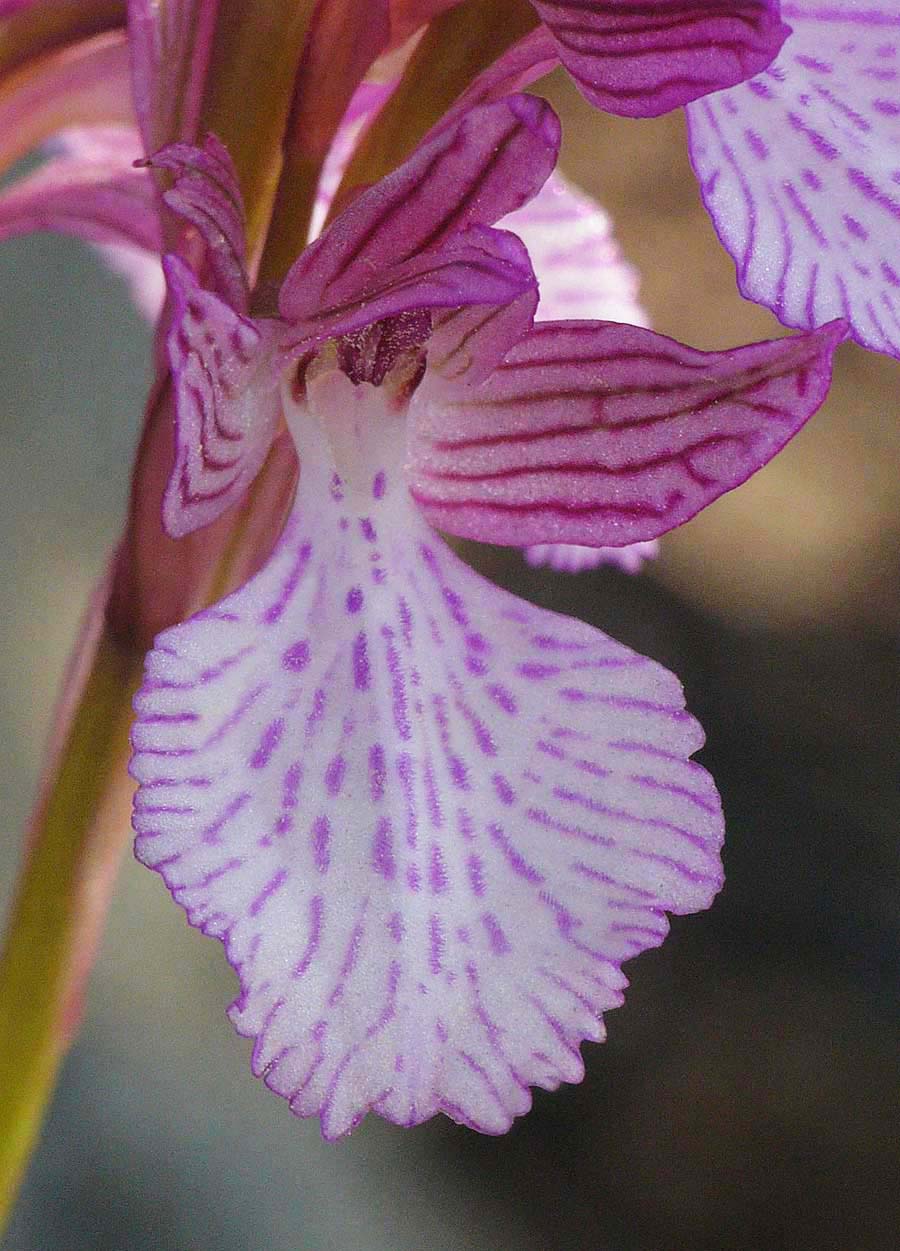

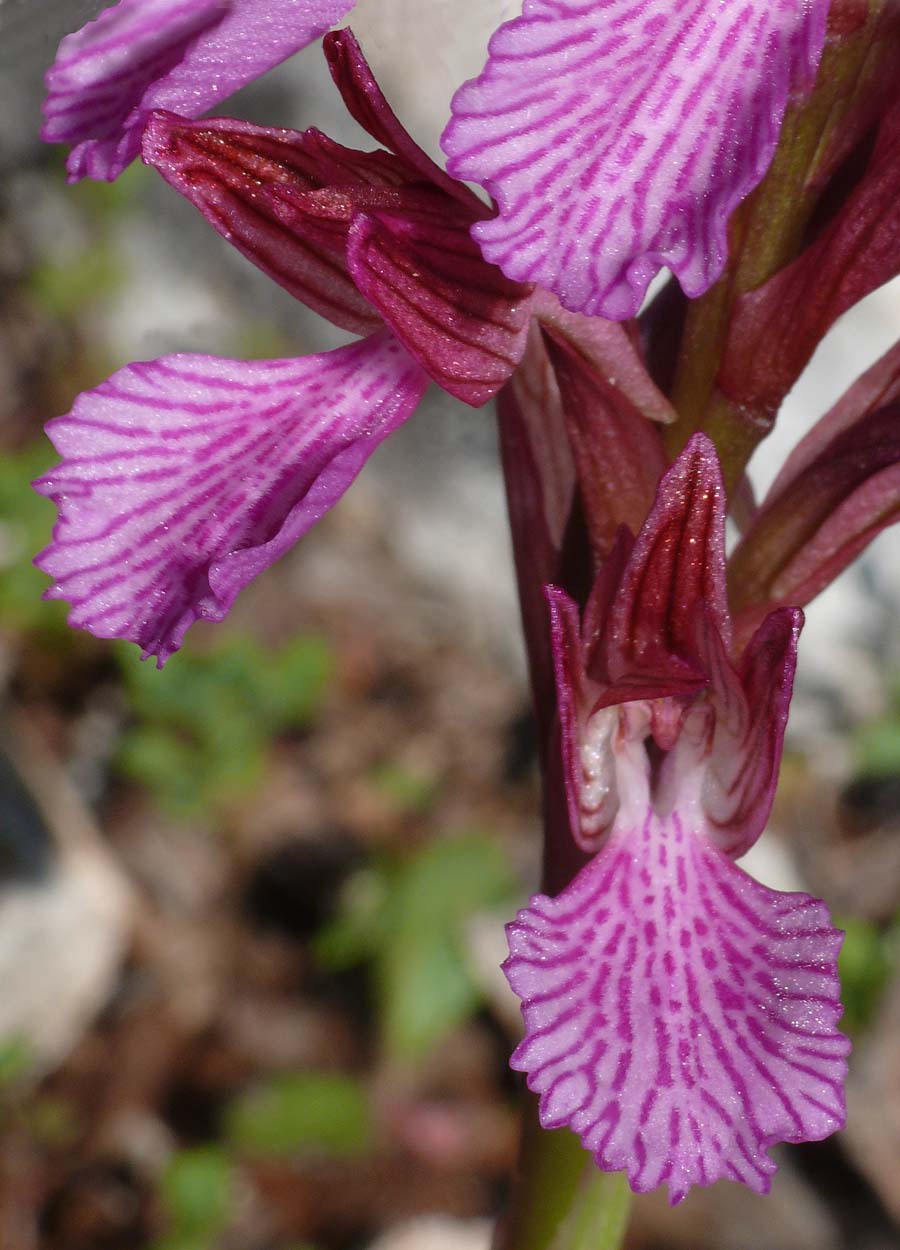
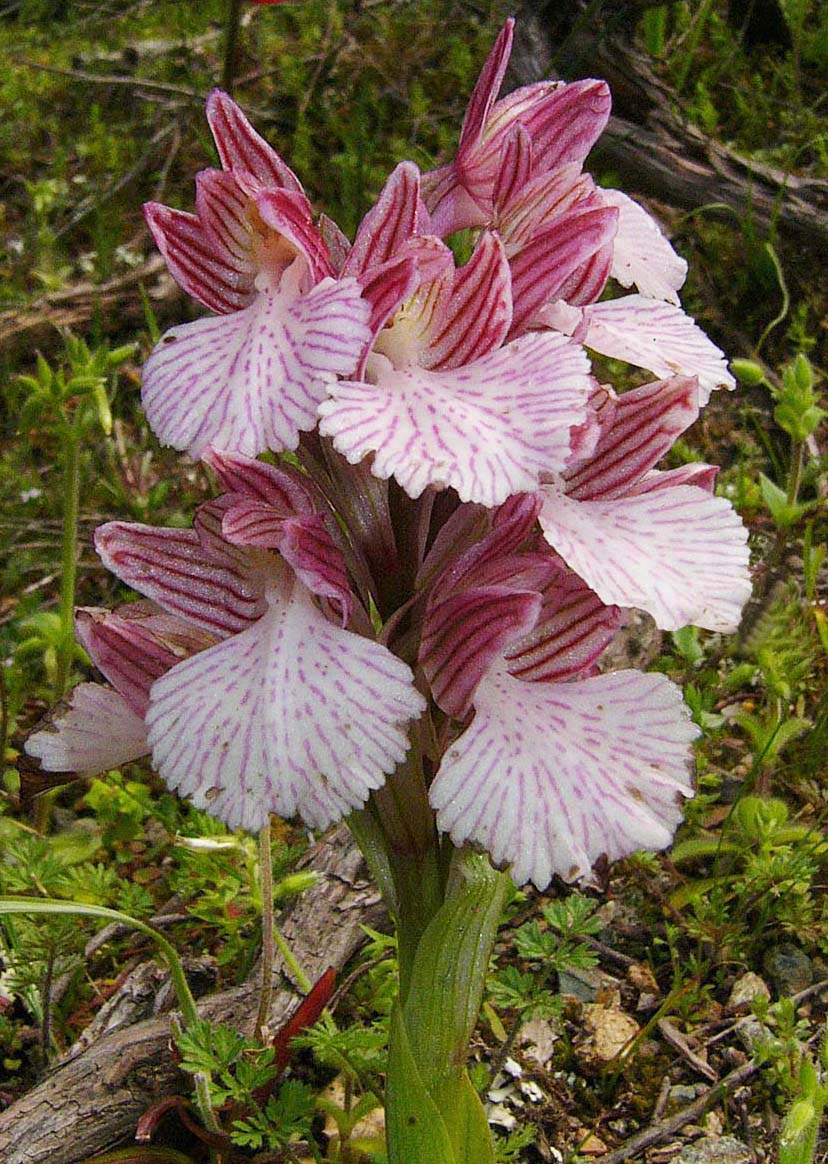
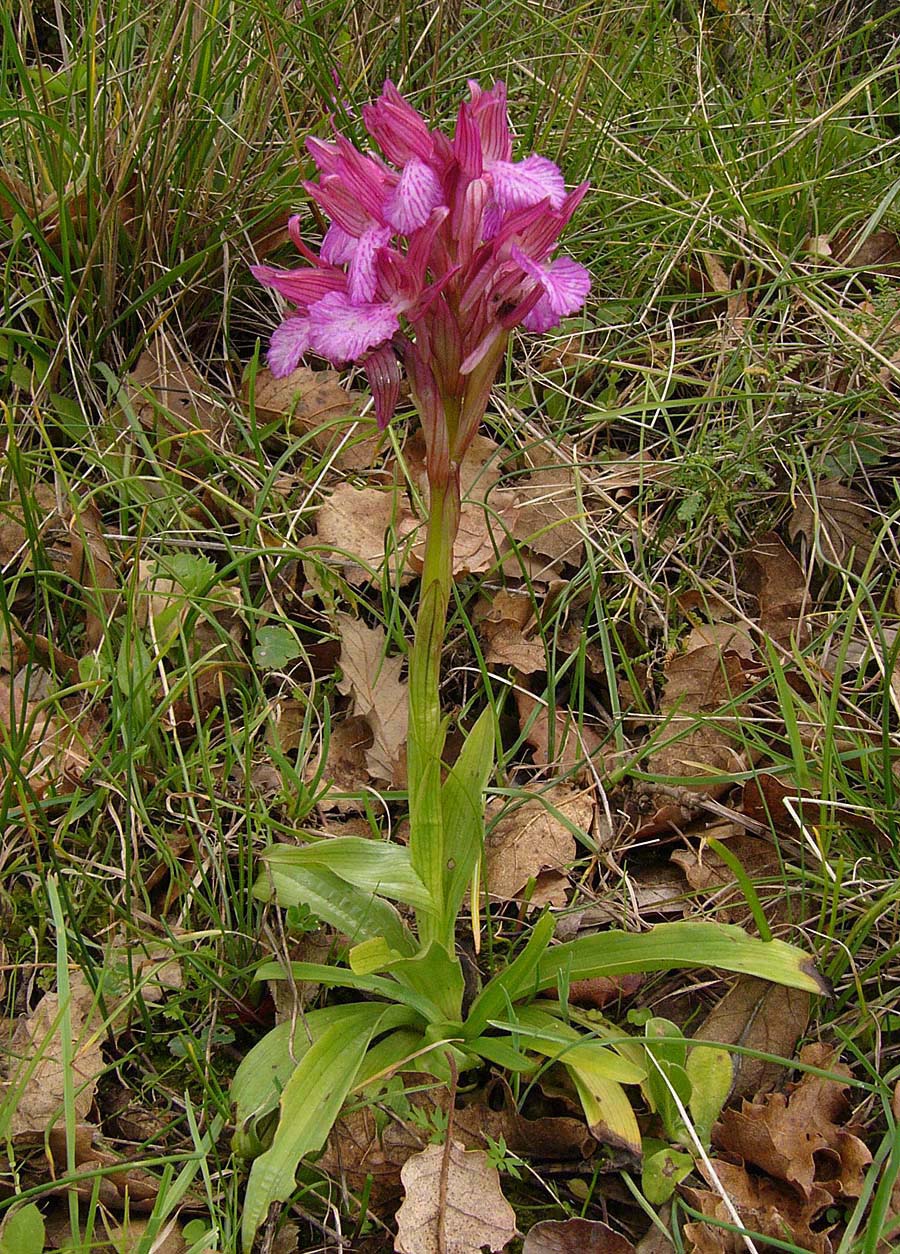
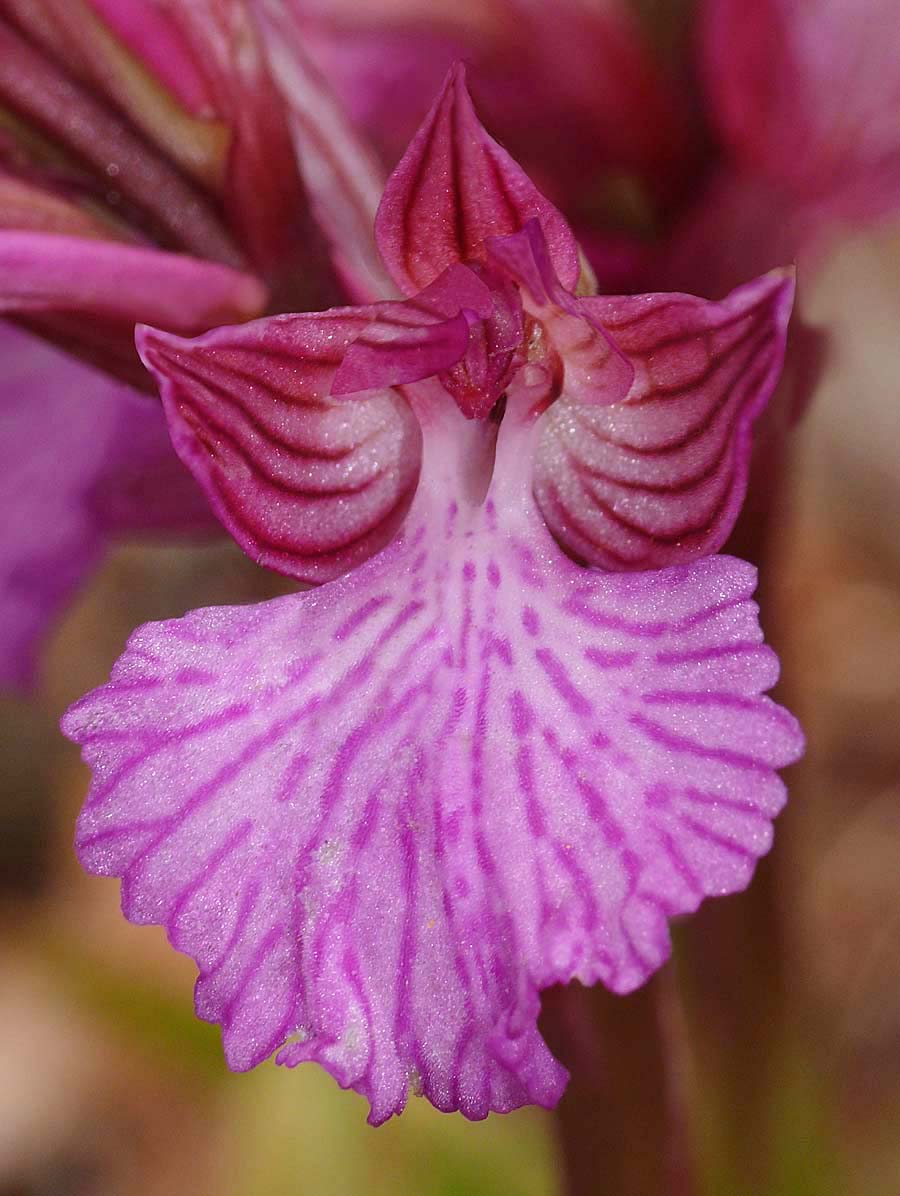
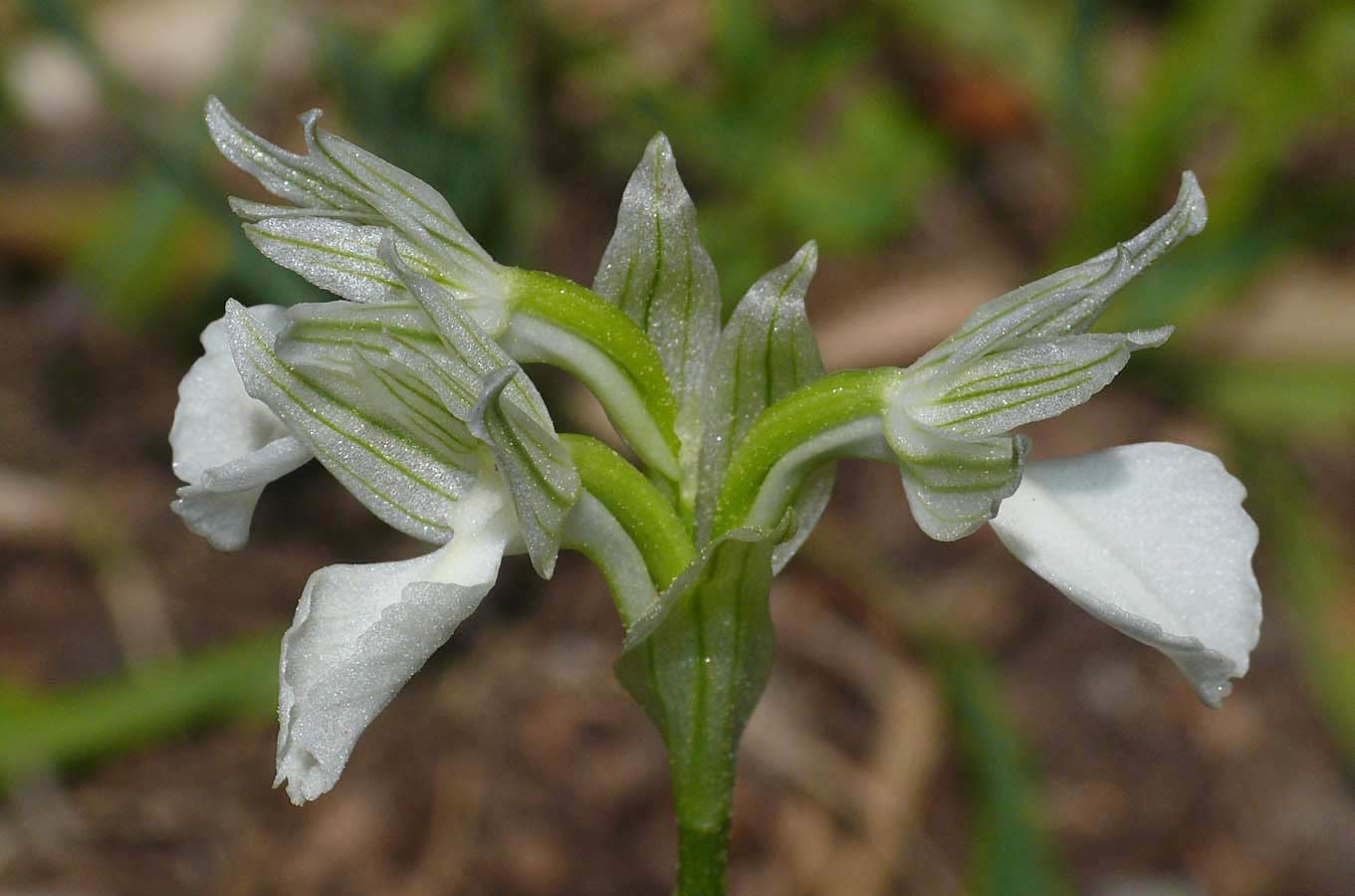
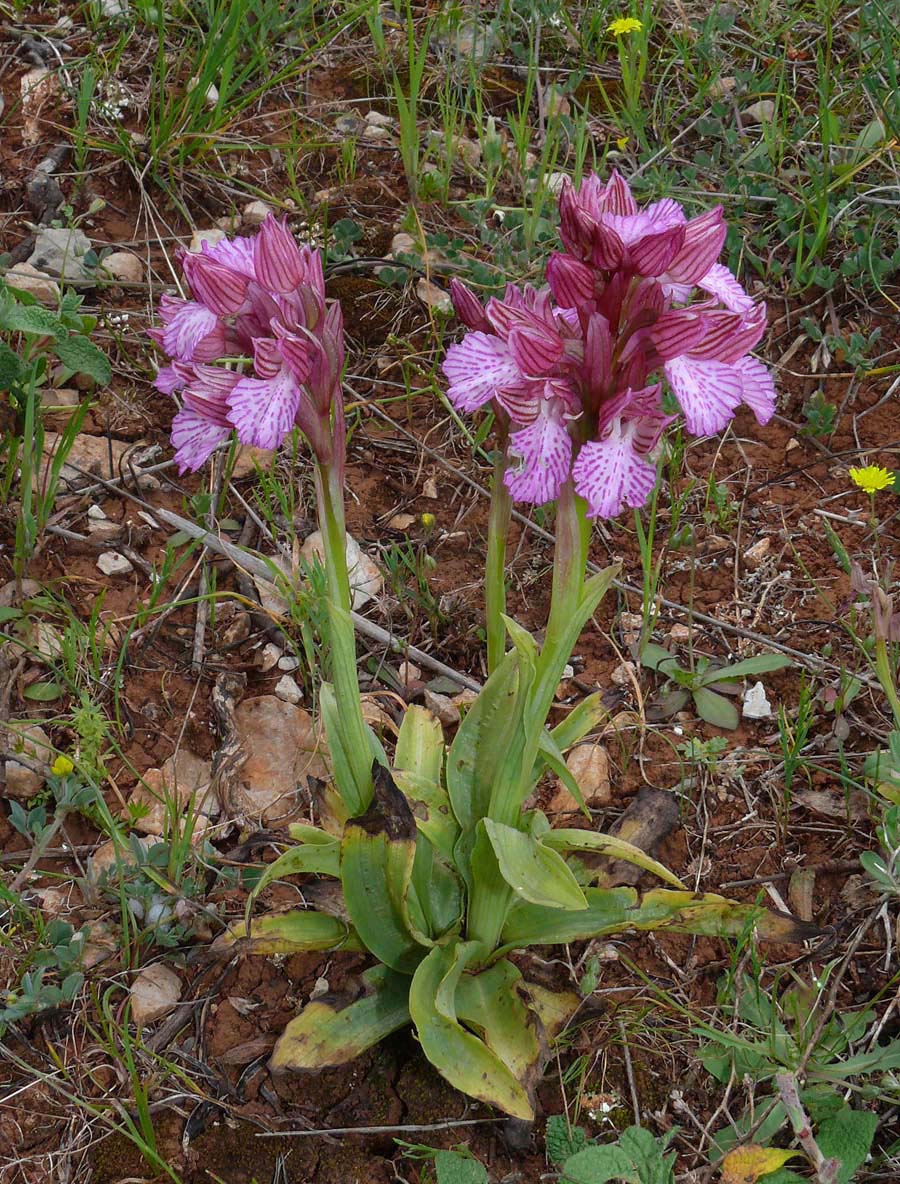
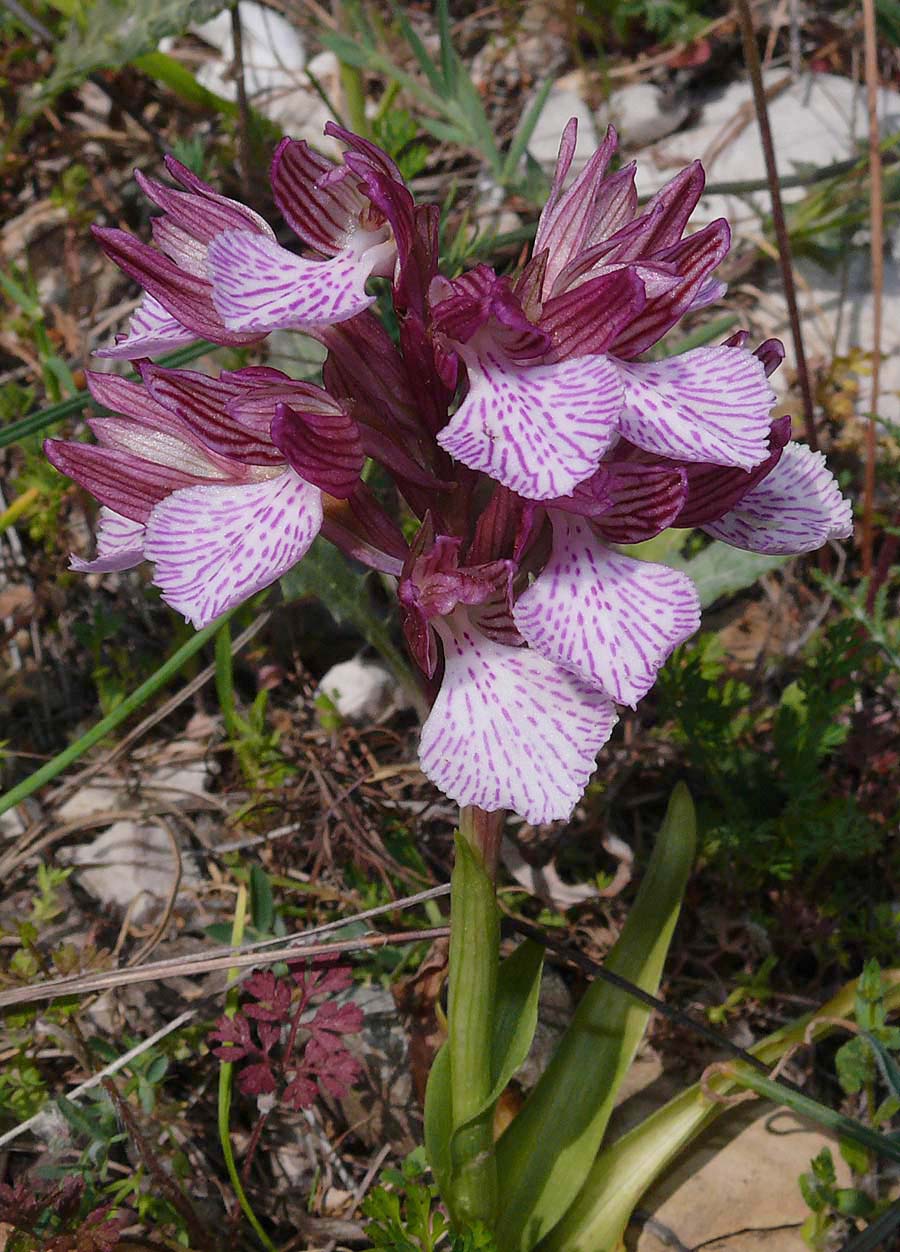
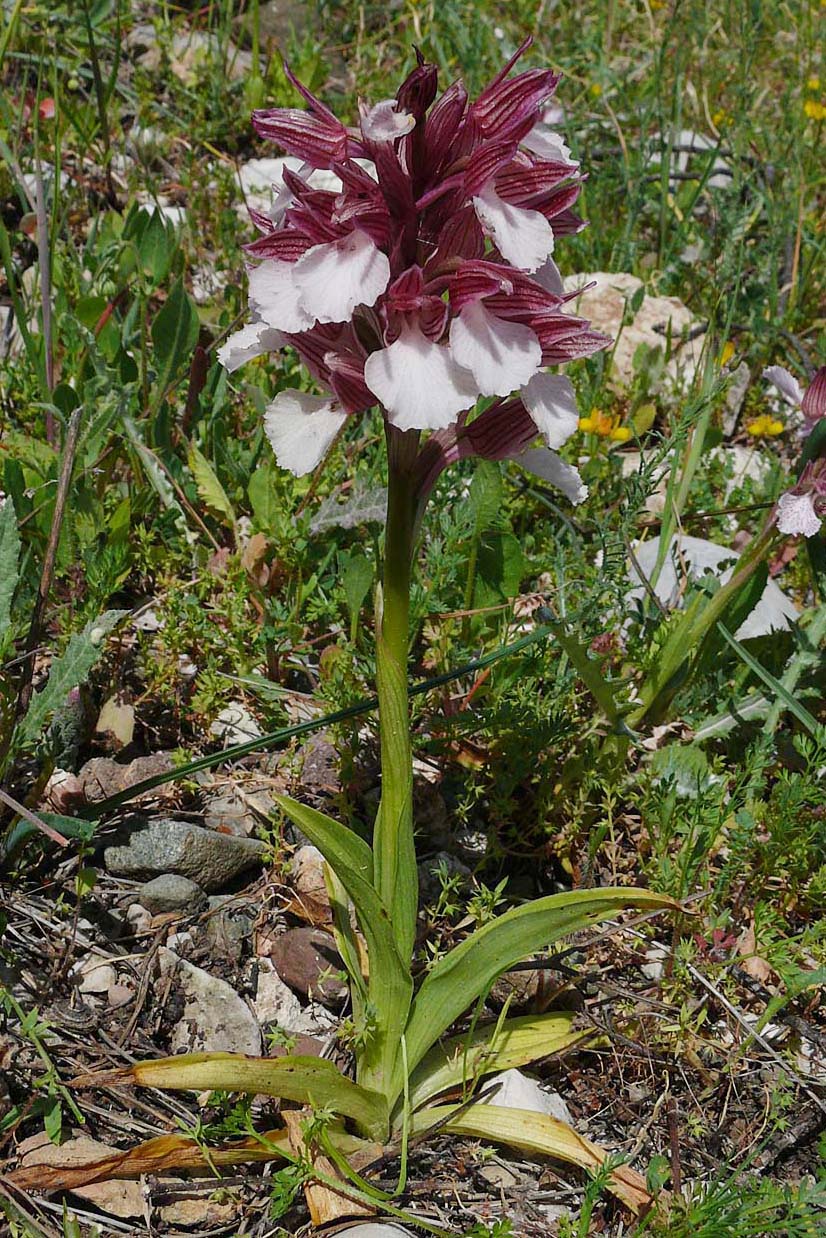
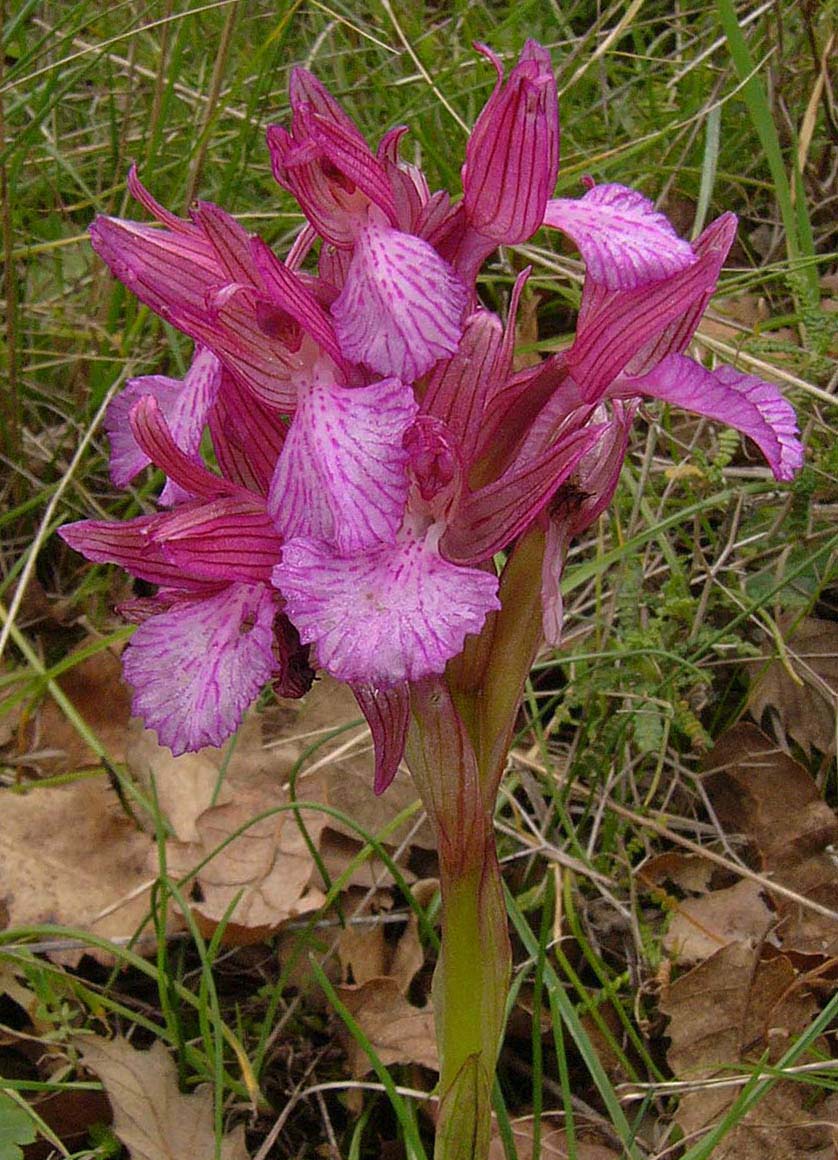
.